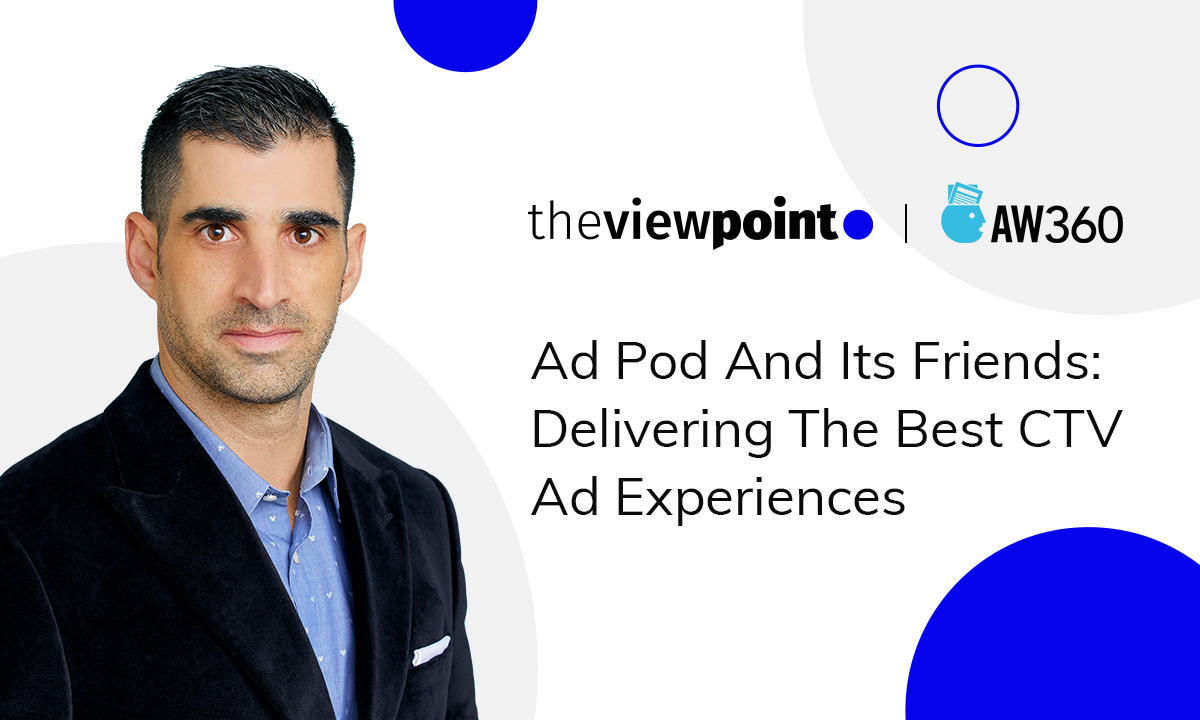
How to Avoid Ad Repetition in CTV with Frequency Capping
The popularity of connected TV continues to grow, as the US programmatic CTV video ad spend is expected to hit $6.73 billion in 2021. In the meantime, the potential number of households is likely to increase by 82% by 2023, according to Innovid.
When it comes to the technical background, with the growing popularity of OTT advertising brands can benefit from more advanced targeting capabilities. Nevertheless, there’s still a risk of losing some viewers by showing them the same ad repeatedly. To save your ad budget and potential clients, frequency capping can be set on the impressions you serve.
What is Frequency Capping?
In a nutshell, frequency capping is the tool used to manage the number of times your ad can be viewed by a particular user daily, weekly, or monthly.
If the campaign frequency is too high, repeatable ads can be shown to the same user. This may result in ad fatigue and declining engagement due to overexposure. In contrast, if the ad frequency value gets too low, your ROI and brand awareness may not receive any increase as a result of the campaign due to underexposure.
To avoid these issues, brands and marketers can manage the frequency of their advertising with the help of the SSP advertising platform, like TheViewPoint. Based on viewers’ position in the customer journey, product lifecycle, business industry, and other important factors, they can create a balanced experience by setting the appropriate and consistent ad frequency. This way, brands stabilize connections with potential customers while also saving resources.
Why Frequency Capping is Important?
Unique Impressions
Unlike others, campaigns that include frequency capping ensure getting a lot of unique impressions by constantly reaching new viewers. In other words, setting frequency capping naturally increases your chances of getting new leads. This way your ad budget is more evenly distributed between potentially interested viewers, so the performance of your ads is getting higher.
Increased View-Through Rates (VTR)
Frequency capping improves many of the campaign performance metrics, including view-through rates (VTR). Due to viewer burnout and ad blindness, some users tend to avoid ads, especially after the first encounter. Studies show that in most cases VTRs rapidly drop after the first exposure, and then plateau after four impressions. With the help of frequency capping, advertisers can avoid this issue by targeting broader audiences and get more unique viewers.
Improved User Experience
When it comes to the users’ point of view, frequency capping introduces a more diverse and relevant ad delivery. Most likely, your potential leads will be attracted if you provide them with a balanced and valuable experience. And this, in turn, will result in growing engagement, conversions, and purchases.
How to Set Frequency Cap
Frequency capping allows you to define how many times each user can see your ad within a given period. In other words, to set a frequency cap for your campaign, these three essential components should be defined:
How many times an ad should be shown, e.g., 1 or 12 times.
What specific element is to be capped, e.g., ad creative, campaign, or the advertiser.
Cap reset period, e.g., every hour, day, week… up to campaign lifetime value.
Usually, these values are discussed at the negotiation stage and depend on many different factors for each specific offer. For instance, if you and your partner settle on a “3×24” frequency cap, this means 3 impressions might be delivered within 24 hours, so some users can encounter a specific ad creative three times in a single day.
The Perception Around Ad Repetition on CTV
In the context of connected TV advertising, frequency capping might look a bit more complex than in the case of banner ads.
Oftentimes, CTV ad servers require marketers to apply capping in their campaigns to get better ad performance. Ad pods also tackled the problem by delivering multiple ads one after another within a break. This solution ensures that ad creatives within one pod will belong to one brand category and prevents excessive repetition of the same creatives.
Another issue with repetition can be found in multichannel experiences. It is not unlikely that viewers would switch between platforms throughout their evenings – which creates a possibility to encounter the same ad via different channels. Leichtman Research Group reports 55% of US households are using multiple streaming services. This means, one user can theoretically watch the same ads over numerous apps. Such an experience can create frustration and negatively impact your brand image.
Additional practices for connected TV advertising
To refine your ad campaign performance and user experience, it can be useful to apply frequency capping in combination with other practices for connected TV advertising.
For advertisers: Managing perfect timing with the help of capping settings can be supplemented with addressable geofencing. It is a solution that allows you to calibrate certain areas where each user will receive your ad once they enter a ‘fence’. Such a technique can be specifically efficient for instant purchases, as you target potential buyers at the exact time and place they are most likely to make a purchase.
For publishers: We encourage all industry members to turn their attention to the transparency of the digital advertising ecosystem and support the initiative by adopting the app-ads.txt. It is a standard list of authorized inventory sellers that helps fight ad fraud in OTT and in-app advertising environments. App-ads.txt was developed by the IAB Tech Lab in March 2019, as an extension to ads.txt. It helps publishers mitigate potential risks with resellers and ensures advertisers will reach their audiences.
By utilizing frequency capping together with addressable geofencing you can timely deliver your message to the exact customer, while app-ads.txt helps to ensure overall safety and transparency of the connected TV advertising ecosystem.
Takeaways
Setting frequency capping is a proven way to boost your ROI and improve the brand experience for your viewers. By finding the best number of impressions needed to get the necessary attention, you can save a lot of resources while also avoiding ad fatigue and improving campaign performance. Start by experimenting with different values to find the most suitable approach for your unique target audience.
Related
Programmatic TV Tax Day is Not Just April 15. It's Every Day
This blog examines the significant "AdTech tax" in Connected TV advertising, advocating for Tatari's direct integration with publishers to bypass hidden fees, resulting in substantial cost savings and enhanced transparency.
Read more
Ad Pod And its Friends: Delivering the Best CTV Ad Experiences
Aiming to stand out from the crowd and surpass consumers’ expectations, CTV advertisers have to be allied with publishers and very savvy at applying innovative advertising techniques, like frequency capping, competitive ad separation, and deduplication. Though still raising a lot of eyebrows, these tools have already become the next big thing in the advertising world. So, before diving deep into the details of ad pod management, let’s take a sneak peek behind the scenes of modern CTV play.
Read more
Everything You Need to Know About Real-Time Bidding
As programmatic advertising is gaining momentum, RTB or real-time bidding comes in. In fact, most platforms in ad tech today are RTB enabled. But what does that actually mean? What is an RTB platform and why is it so important for digital marketers? Let’s get the answers to these questions and more.
Read more


